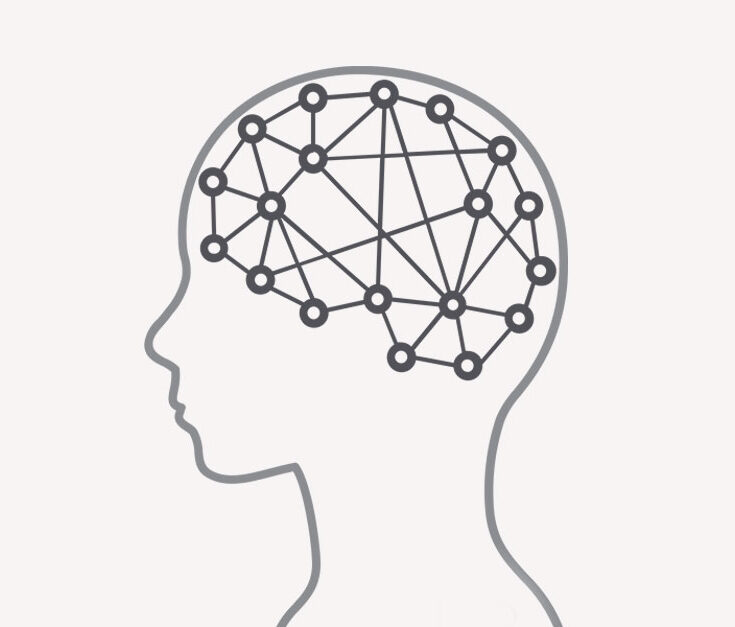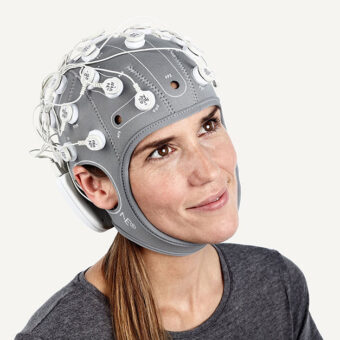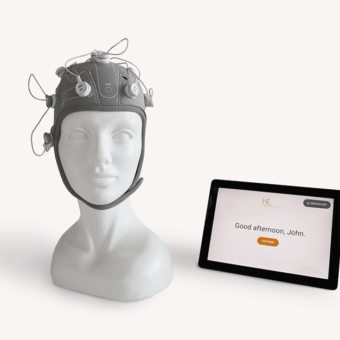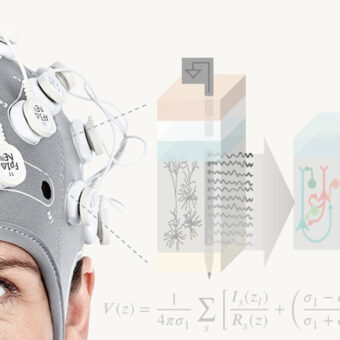In the relentless quest to combat addiction, Neurotech has emerged as a game-changing force, ushering in innovative solutions grounded in brain mapping, transcranial electrical stimulation, and promising treatment outcomes. This article explores the revolutionary potential of Neurotech, shedding light on a future where addiction is met with precisely targeted and effective interventions.
Revealing the Brain’s Blueprint: Harnessing Neurotech for Brain Mapping
The journey towards conquering addiction commences with gaining a profound understanding of the intricate terrain of the human brain. Brain mapping, a fundamental pillar of Neurotech, empowers scientists to navigate the neural pathways intricately linked to addictive behaviors. By meticulously charting out detailed blueprints of the brain’s regions associated with addiction, researchers gain unprecedented insights into the underlying mechanisms driving addiction. This knowledge acts as a guiding compass, facilitating the development of personalized interventions that cater to the unique neural signatures of each individual grappling with addiction.
Electrifying Change: Transcranial Electrical Stimulation as a Dynamic Intervention
Transcranial electrical stimulation, whether through direct current stimulation (tDCS) or alternating current stimulation (tACS), introduces a dynamic element to addiction therapy. By fine-tuning neural excitability, researchers can tailor interventions to address the unique challenges of different substances and behaviors. The malleability of this approach allows for personalized treatment plans, a crucial factor in the diverse landscape of addiction.
Transformative Outcomes: A Glimpse into the Future of Addiction Treatment
The true measure of Neurotech’s success is revealed in the tangible outcomes of addiction treatment. As we delve into the realm of treatment results, it becomes clear that the synergy between brain mapping and transcranial electrical stimulation yields promising results. The precision of targeted interventions, informed by brain mapping data, heightens the likelihood of favorable treatment outcomes. Whether gauged by reduced cravings, enhanced cognitive function, or sustained abstinence, Neurotech paints an optimistic picture of recovery.
The Future of Psychiatric Solutions
Join us as we inaugurate our 2024 mental health campaign, “The Future of Mental Health Solutions” In commemoration of our 10th anniversary since the opening of our Boston, MA office, Neuroelectrics will host quarterly virtual panel discussions centering on crucial mental health issues. These discussions will encompass topics like “Sustaining Resolutions: Neurotech’s Triumph over Addiction”, “EEG as Pioneering Biomarkers in Psychiatric Therapies”, “Elevating Brain Health with Neurotech”, and “Battling Suicide Through Brain Circuitry Adaptation”. We eagerly anticipate the insights of our esteemed panelists, including lead author and scientist Dr. Jazmin Camchong, whose groundbreaking work with tDCS has been reducing alcohol relapses during recovery.
Conclusion
As we stand on the cusp of a new era in addiction treatment, Neurotech shines as a beacon of hope and progress. The fusion of brain mapping and transcranial electrical stimulation is revolutionizing our approach to addiction. This transformative journey is reshaping how we tackle addiction, offering renewed optimism and opportunities for those seeking recovery. As we look ahead with anticipation, the potential to transform lives and conquer addiction hurdles has never been more promising. Explore more about tDCS here.
References
Camchong, J et al (2023). “Frontal tDCS reduces alcohol relapse rates by increasing connections from left dorsolateral prefrontal cortex to addiction networks.” Brain Stimulation 16 (2023) 1032–1040



